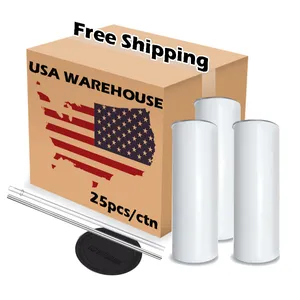Introduction to Crown Wax
Crown wax serves a vital role in various industries, particularly in dental practices and woodworking. This versatile material is specifically designed for precision and durability, aiding professionals in achieving outstanding results. Whether used to create dental impressions or in crafts that require fine detailing, crown wax is a reliable choice for enhancing productivity and ensuring quality outputs.
Types of Crown Wax
- Dental Crown Wax: Primarily used in dentistry for creating crown and bridge restorations, this type of crown wax is known for its excellent modeling properties.
- Inlay Wax: This variant is tailored for inlays and onlays, providing the necessary support and detail required for intricate dental work.
- Baseplate Wax: Specially formulated for denture construction, baseplate wax allows for the preparation and fitting of dentures with ease.
- Modeling Wax: Commonly used in various crafts and hobbies, this wax can be reshaped and molded, making it ideal for model-making and special effects.
Applications of Crown Wax
- Dentistry: In dental practices, crown wax is utilized for creating detailed impressions and wax patterns for crowns and bridges.
- Woodworking: Carpenters and woodworkers use crown wax to fill in imperfections and help in the finishing process of wooden items.
- Model Making: Hobbyists apply crown wax to design prototypes or models in fields like architecture or engineering.
- Art and Craft: Artists incorporate crown wax into their projects for creating texture and detail in sculptures or mixed media artworks.
Features and Advantages of Crown Wax
- High Precision: Crown wax offers exceptional precision in dental applications, enabling natural-looking restorations that fit seamlessly.
- Easy to Manipulate: Its malleability allows for easy shaping and carving, making it user-friendly for various crafting projects.
- Durability: Crown wax is designed to withstand different temperatures, ensuring stability during processes like casting.
- Versatility: Available in various forms, including sheets and blocks, crown wax caters to different professional requirements.
- Non-Toxic: Formulated with safety in mind, crown wax is non-toxic, making it suitable for use in dental applications and crafts.
How to Use Crown Wax Effectively
- Preparation: Begin by warming the crown wax slightly; this enhances pliability and ease of manipulation.
- Shaping: Utilize sculpting tools to shape the wax according to the specific requirements of your project.
- Application: For dental uses, apply the wax to the desired area carefully, ensuring to avoid any air bubbles that could affect the outcome.
- Finalizing: After achieving the desired shape, let the wax cool and set, ready for further processing like casting or impressions.
- Storage: Store unused crown wax in a cool, dry place to maintain its quality and usability for future projects.











































































 浙公网安备 33010002000092号
浙公网安备 33010002000092号 浙B2-20120091-4
浙B2-20120091-4